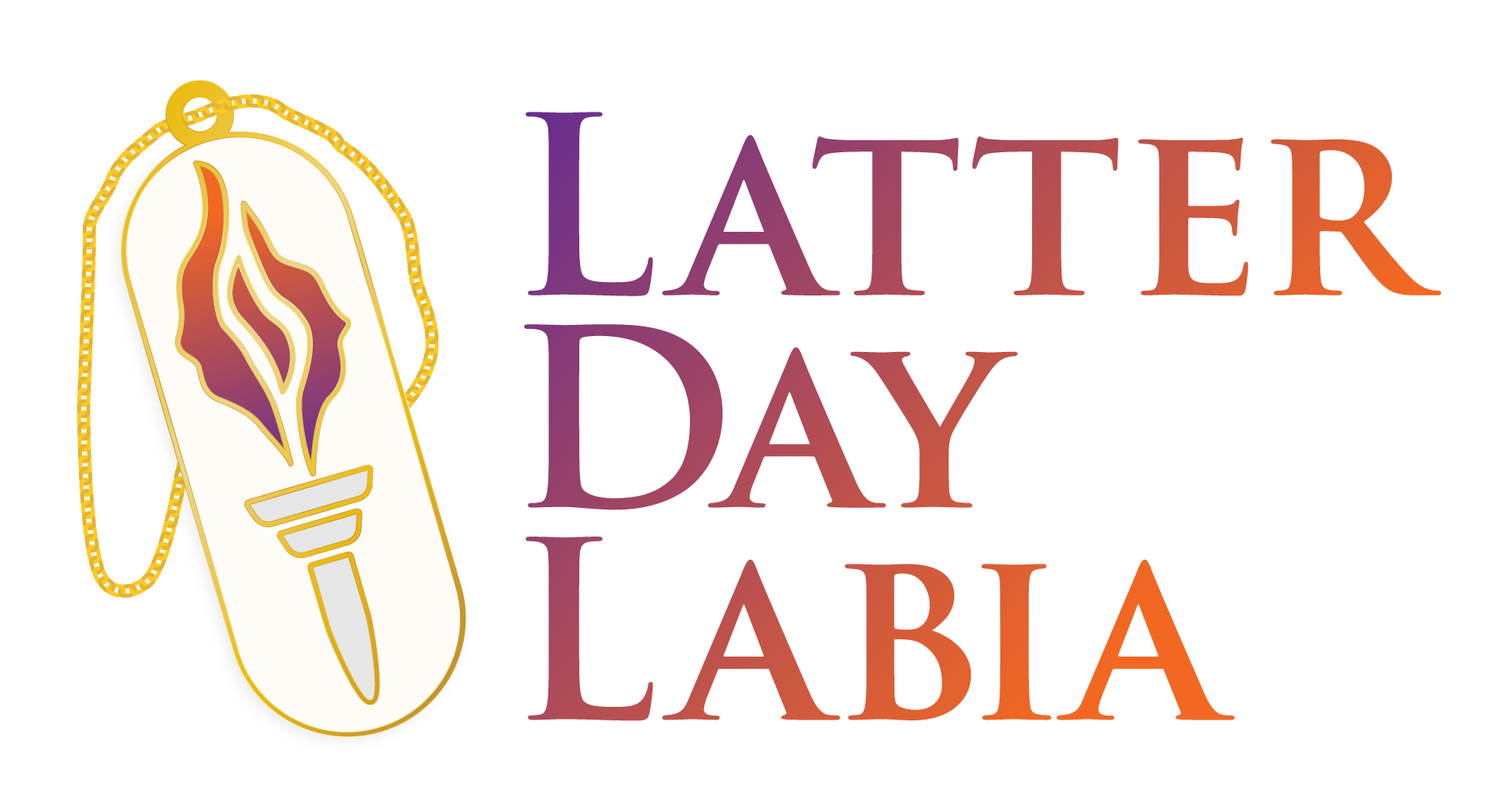The prophets and presidents timeline
It’s easier to understand Mormonism when you understand where it sits in US history
I can never remember how things overlap, so I wanted a visual to connect the dots. I couldn’t find much out there that put it together, so I thought I’d try to make my own. This is the result, and I thought I’d share it.
The print version breaks the timeline into two pages.
The digital version has no page break.
What the timeline is
An amateur attempt at combining parallel timelines
A list of facts I found helpful in putting Mormon history and culture in context
A starting point for study
A document designed to print on two pages, if that interests you
A worksheet for mapping your own family history onto Mormon and US history
What the timeline is not
An exhaustive list
An expert-made list
A detailed account of church history and truth claims
A perfectly designed, perfectly accurate timeline
The most readable document in the world (I really wanted to keep it to two pages so printing feels accessible)
Some thoughts that informed the project
“Things don’t always change for the better, but they change, and we can play a role in that change if we act. Which is where hope comes in, and memory, the collective memory we call history.”
Rebecca Solnit, “Hope in the Dark”
“Political education helps us make visible that which had been made invisible. We cannot expect to unravel common sense about how the world functions if we don’t do that work. Political education helps us unearth our commonly held assumptions about the world that keep the same power dynamics functioning the way they always have. It supports our ability to dream of other worlds and to build them. And it gives us a clearer picture of all that we are up against.”
Alicia Garza, “The Purpose of Power”
“The signals were given for the rest of the century: the Black folks would be put back; the strikes of white workers would not be tolerated; the industrial and political elites of North and South would take hold of the country and organize the greatest march of economic growth in human history. They would do it with the aid of, and at the expense of, black labor, white labor, Chinese labor, European immigrant labor, female labor, rewarding them differently by race, sex, national origin, and social class, in such a way as to create separate levels of oppression—a skillful terracing to stabilize the pyramid of wealth.”
Howard Zinn, “A People’s History of the United States”

